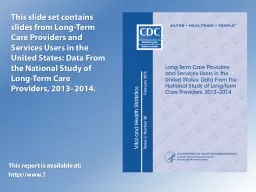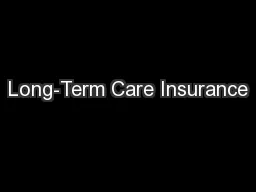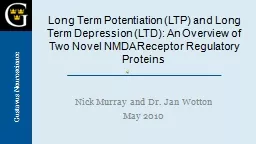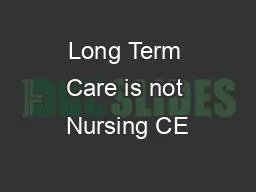PPT-The results of failing to have a conversation with your clients about long term care
Author : tatyana-admore | Published Date : 2020-04-05
Unconsidered Consequences PM716 Agenda The numbers The numbers arent important the consequences are Paying for Long Term Care LTC What type of client are we dealing
Presentation Embed Code
Download Presentation
Download Presentation The PPT/PDF document " The results of failing to have a conver..." is the property of its rightful owner. Permission is granted to download and print the materials on this website for personal, non-commercial use only, and to display it on your personal computer provided you do not modify the materials and that you retain all copyright notices contained in the materials. By downloading content from our website, you accept the terms of this agreement.
The results of failing to have a conversation with your clients about long term care: Transcript
Download Rules Of Document
" The results of failing to have a conversation with your clients about long term care"The content belongs to its owner. You may download and print it for personal use, without modification, and keep all copyright notices. By downloading, you agree to these terms.
Related Documents














